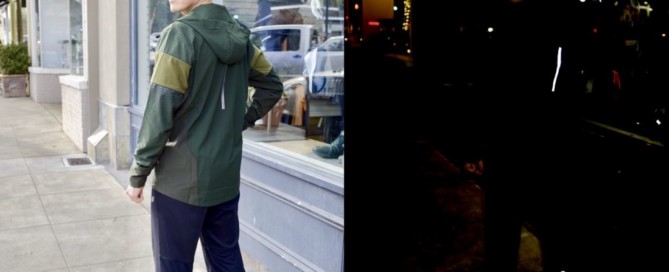We’re all guilty of having that one pair of shoes that, no matter what trouble they’re giving us or how beat down they look, we just can’t seem to get rid of. It may have given you some awesome miles, gotten you your half marathon PR, or were your first real pair of running shoes. You may not even realize they’re causing you that extra soreness in your knees and ankles! It’s hard to know exactly when to replace running shoes, but one thing’s for sure — using them past their expiration dates can cause real and lasting problems. So, how long do running shoes last? Here are a few ways to check to see if your running shoes are worn out!
You’ve logged too many miles on them
Most shoe manufacturers suggest 300 to 400 miles for any given pair of trainers. While we can assume they shoot on the lower end of the spectrum (so you can be buying their shoes more often!), shoes are generally good for 350 to 500 miles. Each step in your shoe will compress the foam in the midsole and, after enough miles, the foam starts to decompress less and less to the point where it’s not supporting you as much as it did. Shoes become less effective at absorbing impact and leave you more prone to stress and impact injuries.
The 350 to 500 mile range is admittedly pretty broad — some certainly stand the test of time a bit better than others. I suggest thinking about getting a new shoe to rotate in with (see “Rotating Shoes” below) at 250 to 300 miles so you don’t end up in a dead or dying shoe for over 100 miles.
You’ve had them for too many months
You may not be the type to log all the miles you run in the shoe, so some people think of the life of a running shoe in terms of months. The typical suggested lifespan is anywhere from six to nine months, with that number depending on how often you use the shoe. If you’re using it as your everyday shoe in addition to running, it will be at its peak performance for closer to six months, while if you’re only using it for running or exercise, you might get closer to nine months (although this depends on how many miles a week you’re putting in).
We love birthdays as people, but your exercise/running shoe should never celebrate a birthday. Even if you’re not constantly using the shoe, the foam and materials break down over time due to companies using more bio-degradable materials so their shoes don’t end up growing landfills. If you’re ever unsure, just make sure you’re replacing your shoes at least once a year!
The outsole has worn out
Take a look at the bottom of your shoe. Oftentimes, the outsole (the rubber/foam on the bottom of your shoe) will wear similarly to the foam midsole of a shoe. Although the outside of the heel and somewhere in the forefoot tend to show the most wear, if your shoe’s rubber is worn pretty flat or smooth (or non-existent), it’s a good indication that the rest of your shoe is worn out as well.
Rotating Shoes
Shoes have longer lives when they’re rotated. This means you have multiple pairs in use, generally alternated run to run or specific to the type of workout you’re doing. I’ll usually rotate between three or four pairs: one for faster workouts, one for long runs, one for easy recovery runs, and one for trails. This way, each of my shoes’ foams have ample time to recover between runs so that they can fully support me each time. Even though I put in 40 miles a week, I can get nine months to a year out of each shoe because I’m using each one no more than twice a week, whereas if I had one shoe I constantly used, I’d get less than 10 quality weeks out of that one shoe.
Listen to your body
All four points above are general guidelines that work for the majority of people, but the biggest determining factor is listening to your body. When your body starts sending you signals with little aches and pains that weren’t happening previously, it’s a good indication you should get some new running shoes. You might feel a twinge in the knee or constant extra soreness in the hips after all your runs, even though the shoe is at only 230 miles. You might have some lower back tightness each time even though you’ve had the shoe only five months. It could even be that you’re feeling great through 600 miles of a shoe. At the end of the day, your body will tell you when your shoes are worn out; listen to it!

